Day Old Ducklings
₦52,500 – ₦54,000
MOQ: 1 Carton of 30 Chicks
- Estimated Delivery : Up to 4 business days
- Free Shipping & Returns : On all orders over $200
Buy the exotic day old ducklings containing 30 chicks per carton
Book your local and exotic ducklings here and get it delivered wherever you are. Be assured that you can order as many quantities as you need.
We offer the day-old ducklings for your farms with proven survivability and disease resistance.
- Baby ducks need proper heat, food, water, and bedding.
- Additional media and resources are available for download after payment/ order processing.
- Customers will be notified via text and phone calls before their orders are shipped to ensure availability for pickup.
- Kindly make a booking ahead.
- 40 chicks per carton.
MORE INFORMATION ABOUT DUCKLING
Day-Old Ducklings
One of the most critical periods in the life of ducklings is their first few weeks in life. So, ensure you have the ducklings house (equipped with brooder) ready as you make your order. Baby ducks need proper heat, food, water, and bedding; our offered ducklings are reputable for their proven survivability and disease resistance.
Advantages of Duck Farming
Ever wondered why you need to keep ducks on your farm? Here are perfect answers for you:
- Ducks lay more eggs per bird per year than chicken.
- The size of the duck egg is larger than the hen egg by about 15 to 20 g.
- Ducks require lesser attention and thrive well in scavenging conditions. With very little time and work, you can raise a small flock of ducks.
- From a commercial point of view, ducks have a longer profitable life.
- Ducks do not require any elaborate houses like chicken.
- They are quite hardy, more easily brooded, and more resistant to common avian diseases.
- Ducks lay 95 – 98% of their eggs in the morning before 9.00 AM thus saving a lot of time and labor.
- Ducks are suitable for integrated farming systems such as duck-cum-fish farming. In duck-cum-fish farming, the droppings of ducks serve as feed for the fishes and no other feed or manuring of the pond is necessary for fishes (200-300 ducks per hectare of the waste area). Under integrated duck farming with rice cultivation, the ducks perform four essential functions viz., intertillage as they search for food, their bills loosen up the soil around the rice plants (weeding), insect control, and manuring.
- Ducks are good exterminators of potato beetles, grasshoppers, snails, and slugs. In areas plagued liver flukes, ducks can help correct the problem (2 to 6 ducks per 0.405 hectares of land). Ducks can be used to free the bodies of water from mosquito pupae and larvae (6 to 10 ducks per 0.405 hectares of water surface).
Feeding Ducklings
- Ducklings can be fed regular chick feed. Be sure the feeds are unmedicated because ducklings eat more than chicks and there is a risk they could over-medicate themselves.
- Ducklings have higher niacin requirements than chicks. So, add a sprinkle of brewer’s yeast on top of their feed to assist in building strong bones.
- Raw oats can also be slowly added to their feed for added protein and nutrients until a 25% oats/75% feed ratio is achieved.
- Grit in the form of commercial chick grit or coarse dirt must also be provided to help the ducklings digest their food.
- Because of the high tendency of baby ducks to make a mess with excess feed, it is always best to give them only the portion they can finish.
- Leaving only water with ducklings is fine, leaving feed without water is not. Any time they have access to feed they must have water nearby or they can choke.
Fact:
One week-old duckling will drink about half a gallon of water a week. By the time they are seven weeks old, ducklings drink half a gallon of water daily, so be sure their water is always filled.
How to handle your ducks
- The legs or wings of a duck can easily be hurt or even broken. So, never grab a duck by the legs or the wings.
- To catch a duck, grasp it firmly but gently at the base of the neck.
- You can also catch a duck by holding its wings against its sides with one hand on each side of its body and a thumb over each wing.
- After you have caught a duck, slide one hand under its body and hold its legs firmly. Then you can rest the body of the duck on the lower part of your arm and carry it easily.
- If you have to move a duck from place to place, you can carry it in a box or a crate with a cover. First, tie the legs of the duck together. Then put it gently inside and put on the cover to keep the duck from getting out.
Raising Baby Ducks
- Start your ducklings off in a safe and warm environment: a duck brooder! For the best environment use a heat lamp with between a 40 and 100 watts light bulb. You can adjust the bulb wattage according to the way the ducklings react. If the baby ducks are huddling under the heat lamp, you probably should raise the wattage on the bulb. If the baby ducks are scattered and seem to be panting, you should lower the wattage. Be sure that they can get away from the heat source if they get too warm.
- Make sure the brooder is predator-resistant. Remember, until ducklings are bigger and can fly away from them, rats, cats, and mongoose will always try to oppress your baby ducks.
- When raising baby ducks, make sure you provide the ducklings with fresh, clean drinking water. You can use a shallow dish that you have added some clean pebbles to. The pebbles will prevent the ducklings from submerging their head and drowning. They need to submerge their head to clear their sinuses but any deeper than the nostrils can drown them.
- Ducklings can die if they are without water for even short periods.
- Feeders and drinkers must be constructed and maintained so ducks have easy access to them at all times. They must be kept clean and free from litter/manure.
- Moldy feeds must not be fed. Stale or contaminated feed must not be allowed to accumulate and must be replaced immediately with fresh feed.
- For each duckling up to 3 weeks of age, provide 1.5 cm of drinking space and 4 cm of feeding space.
| Breed | Local Breed, Exotic Breed |
|---|
Only logged in customers who have purchased this product may leave a review.
Shipping Policy
Shipping Policy
- Before leaving the point of delivery, please count your birds while the driver is still there. Once you ensure the driver or delivery agent witnesses any loss or missing birds, kindly inform us at the pickup point.
- For dead birds on arrival, it is expected to occur based on circumstances beyond our control. Kindly offer pictorial or video evidence at the pickup point for confirmation with our logistics department who will contact you on the delivery status.
- We only offer Store Credit options if the claims are investigated and corroborated with all parties involved.
- Claims after leaving the pickup point will not be attended to!!
We ship to state-specific pickup points (no options for home delivery of live animals/birds). Click here to view our pickup points in Nigeria.
- Deliveries and pickup for day-old chicks (50 chicks per carton) are scheduled for Mondays and Thursdays (Southwest Nigeria) and Tuesdays and Fridays (Other Regions) due to the longer distance of delivery from Ibadan. If you are in faraway places like Maiduguri and Adamawa, you will receive your birds on Wednesday or Saturday or on a scheduled day as informed by the Vendor/Driver/Geenafrik Logistics staff.
- Kindly place your orders within 2 days (for broilers) and at least 2 weeks ahead-prebooking (for kuroilers/noilers and turkeys) before the expected delivery days.
- Do not pay additional fees to the third party transporters (from Ibadan) as your order on Greenafrik covers the cost of the product and the shipping fee to your location.
- Before leaving the point of delivery, please count your birds while the driver/delivery agent is present to witness. Then contact us immediately if there are challenges. If you have a large order (above 10 cartons), kindly give us feedback within 45 minutes after the pick-up.
NOTE
We currently do not ship directly to Adamawa, Cross-river, Bauchi, Borno, Gombe, Jigawa, Katsina, Yobe and Zamfara as they are forwarded for delivery through specific (forwarding) locations below for final delivery.
- We ship to Jos for [Adamawa, Bauchi, Borno, Gombe and Yobe]
- We ship to Kaduna for [Katsina and Zamfara], Akwa-Ibom for Cross-river.
- Kano for Jigawa State.
Please note that the shipping rate stated on our website covers shipping fee to all specified forwarding locations above.
Our customers are required to pay all on-forwarding charges to the driver at the final destination.
For checkout information.
- Kindly choose Jos for all orders moving to [Adamawa, Bauchi, Borno, Gombe and Yobe] and state the final location in the order note.
- Kaduna for orders to [Katsina and Zamfara] and state the final location in the order note.
- Akwa-Ibom for Cross-river and state the final location in the order note.
- Kano for Jigawa and state the final location in the order note.
Please indicate your final destination for delivery in your order notes.
- Delivery times are estimates and are not guaranteed, as shipments may be affected by weather-related delays or events outside of our control. However, our customers will be duly notified of any anticipated changes or rescheduling of orders in due time.
Refund Policy
Refund Policy
Refund should be sought only if your issue is not resolved within a reasonable time frame.
Change of Price or Unavailability of a Product: In the case of a change in price or unavailability of a product, you could change your order or request that we send your money to your store credit with Greenafrik (that is your Greenafrik Wallet). Then, you can use the money to shop on Greenafrik later. There is no cash refund for store credits.
Refunds are approved only after the conditions required for refund are met. When there is no other alternative, a refund will be processed within 3-5 working days.
To request a refund, after you are logged into Greenafrik.com, go to My Account > Orders > Support ... for the order in question. Enter the details of your request and send.
Cancellation / Return / Exchange Policy
Cancellation / Return / Exchange Policy
Before leaving the point of delivery, please count your birds while the driver is still there. Once you ensure the driver or delivery agent witnesses any loss, and you confirm this with us, will follow up on the claims.
- Once orders have been placed and paid for, as long as the delivery is assured within the stipulated window, we do not offer cancellation of orders
- Also note that we do not provide a guarantee on birds going to faraway places like Maiduguri, Yobe, and Adamawa. As much as we try hard to maintain a seamless delivery service using a third-party delivery agency, unrest and weather condition in these places are quite unpredictable.
- So, we will not be providing any warranty or guarantee on day-old chicks or poults going to extremely distant locations from Ibadan.
General Inquiries
There are no inquiries yet.

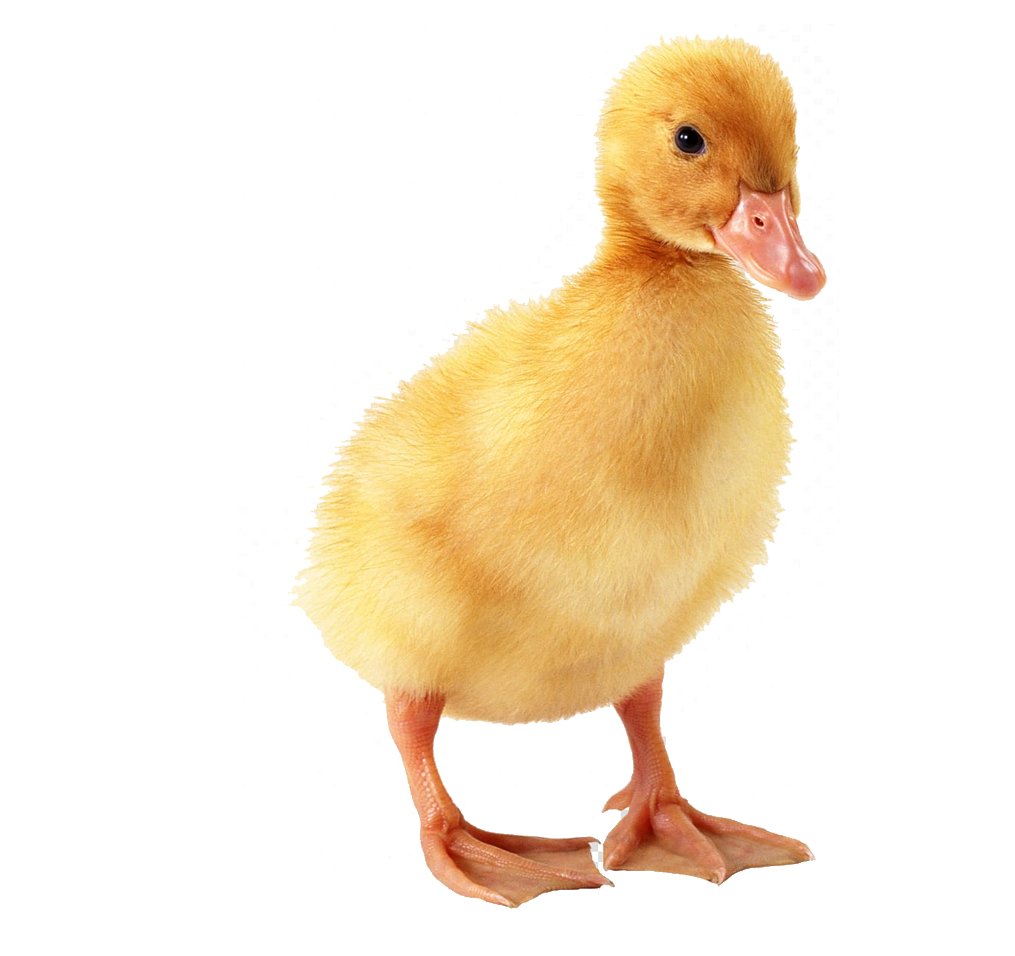

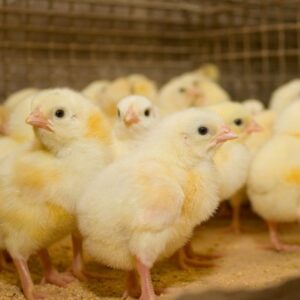
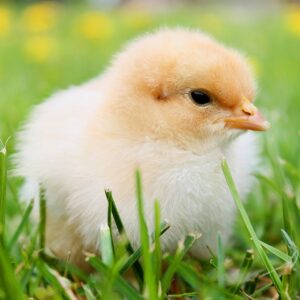
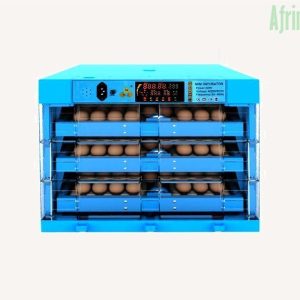

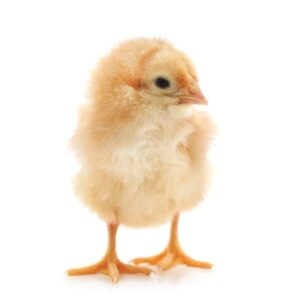


Reviews
There are no reviews yet.